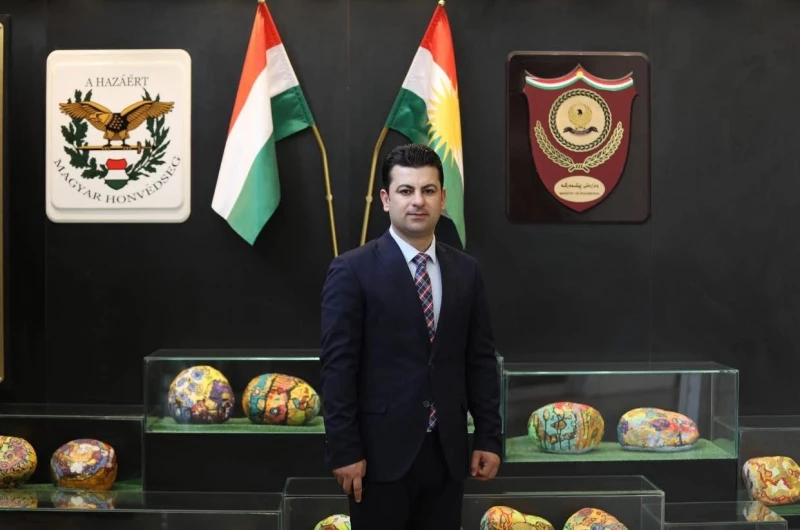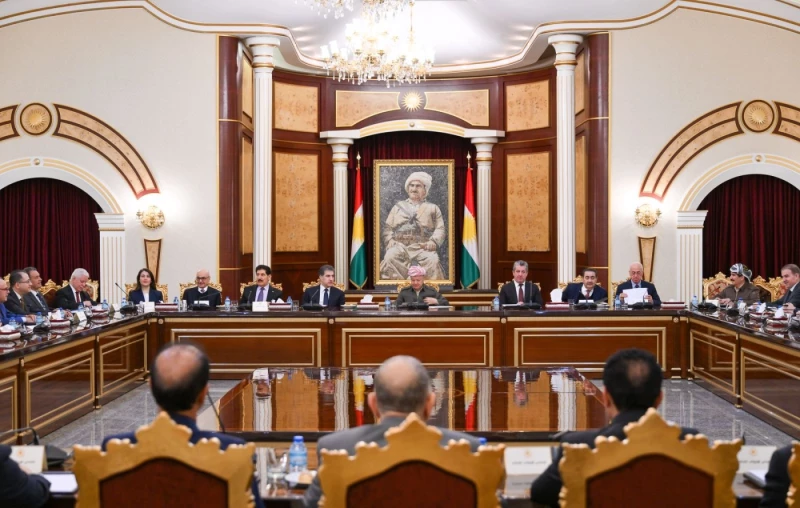ERBIL, Kurdistan Region of Iraq - There is a lot to be said about Halabja, which officially became Iraq's 19th province this month. It is the city of poets, pomegranates, women leaders, snow-capped mountains, and fruit gardens.
Unfortunately, to many, it is mostly known for the chemical attack by the former Iraqi regime in 1988 that killed thousands of innocent civilians, and for briefly being the hotbed of Islamists in the late 1990s.
But as someone born and raised there, I can say there is more to Halabja than those descriptions. There certainly are traces of war everywhere in the city. Some of the houses destroyed in past conflicts, including what we call Mali Pasha (the King’s Home), are still in ruins. Either left by their owners as signs of crimes perpetrated against the place, or that their owners are gone with no one to claim them.
Many things have changed in Halabja in the last three decades. For example, the city has expanded way beyond its original boundaries. Housing units and new neighborhoods have sprawled out and almost reached the mountains and agricultural plains that circle the city. Many of the muddy alleyways of the past have been paved over, and a highway now connects Halabja to Sulaimani, the next big city. An old narrow country road is now a smooth ride road to the natural wonders of Hawraman.
A businessman from Halabja and his family have built or renovated several schools, kindergartens, and public libraries in the most modern fashion, including the very high school I went to myself. He has also built a state-of-the-art dairy farm and an olive oil factory. Thanks to a major project established several years ago on the banks of the nearby Sirwan River, Halabja has a robust drinking water system, not to mention the impressive underground sanitation network that prevents floods and flow of sewage on streets as you might see elsewhere in the country.
The people of Halabja have always said that the local economy was weak because it is rather an isolated city, with roads leading to it, but to nowhere from there. Not a major hub of trade or transportation. Now that aspect too is changing slowly. An official border crossing has opened with neighboring Iran and a bridge under construction with funds from the Kurdistan Regional Government (KRG) will connect Halabja to Darbandikhan and Garmiyan, shortening travel distance.
To me, Halabja has its charm whether an isolated city or a brand-new province, and its most attractive feature is its trees and scale of greenery. If you travel there by night you will notice the city lights glowing far in the distance miles ahead, and if you get there by day you would rather feel you are in a forest or a giant park.
In Halabja, like other cities, there is a government-run nursery that provides seedlings and saplings to green projects, and to locals at symbolic prices, to encourage tree-planting. But people here don’t really need encouragement. Planting trees in Halabja and is the culture. When you walk through the alleys and streets many of them feel like green tunnels. Tree branches from houses opposite each other extend over the alleys and form canopies. I see this every time I am back for a visit. I notice that trees planted a few short years ago in a particular neighborhood have transformed the place and you walk in total shade for hundreds of meters.
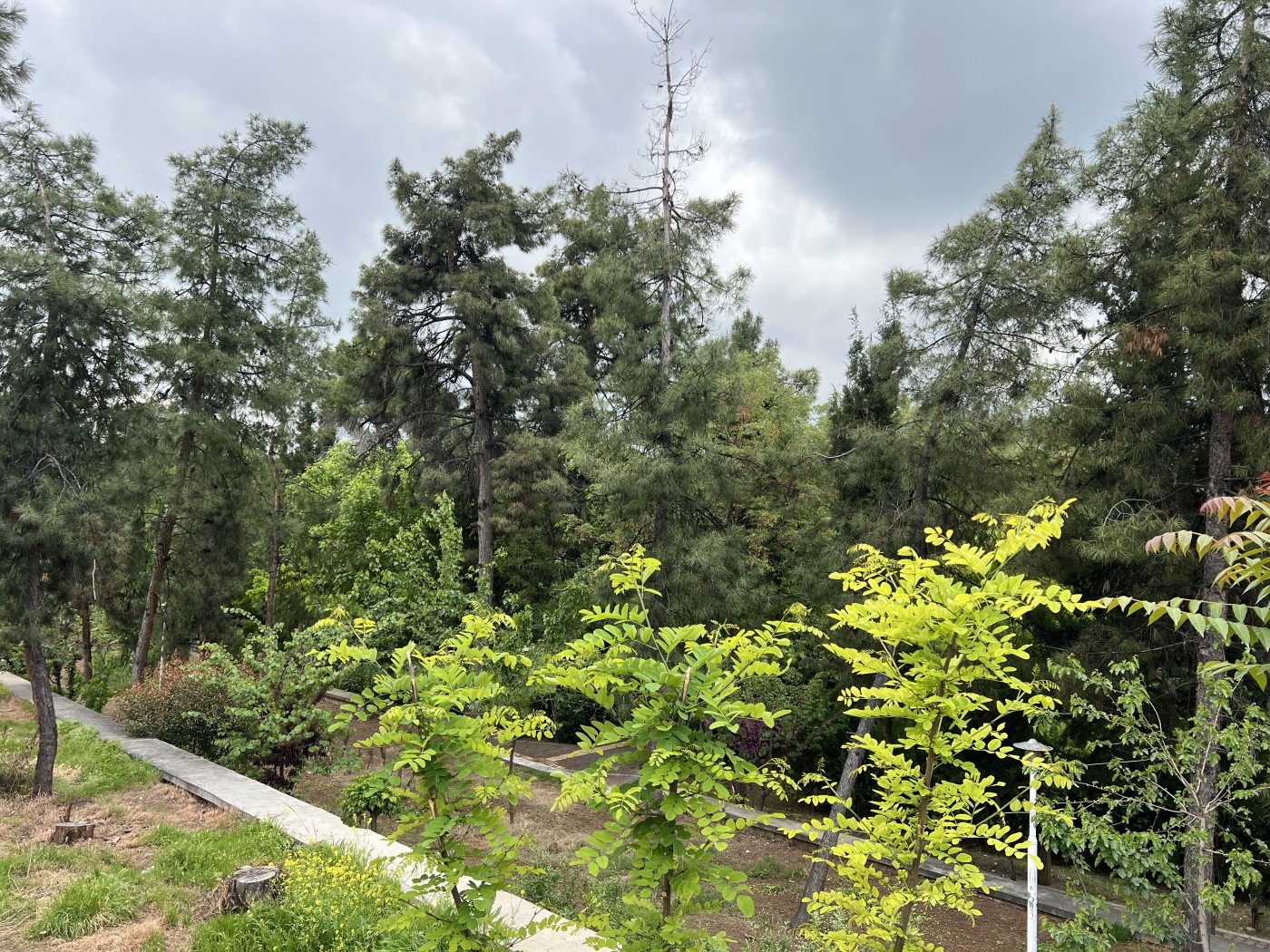
Photo: Ayub Nuri
If I were to choose a tree to represent Halabja it would be the mulberry tree. It is a tree that grows well, and as it spreads its branches overhead their shade can cover an entire house or a good portion of a street. They are everywhere both in the city and in its surroundings. In the summer when they bear fruit, their sweet berries attract people, birds and insects alike.
In Halabja people don’t plant trees only in their own yards or in front of their homes. They give trees to their neighbors too, to plant. Some have voluntarily planted thousands of mulberry trees along country and village roads for miles. And it is not only mulberries. Pine trees, oleanders, bougainvillea, pomegranates, and in recent years elms, adorn the city wherever you turn. There is no conversation in Halabja without some of it involving trees, flowers, what to plant, where to plant, when to plan, and how to.
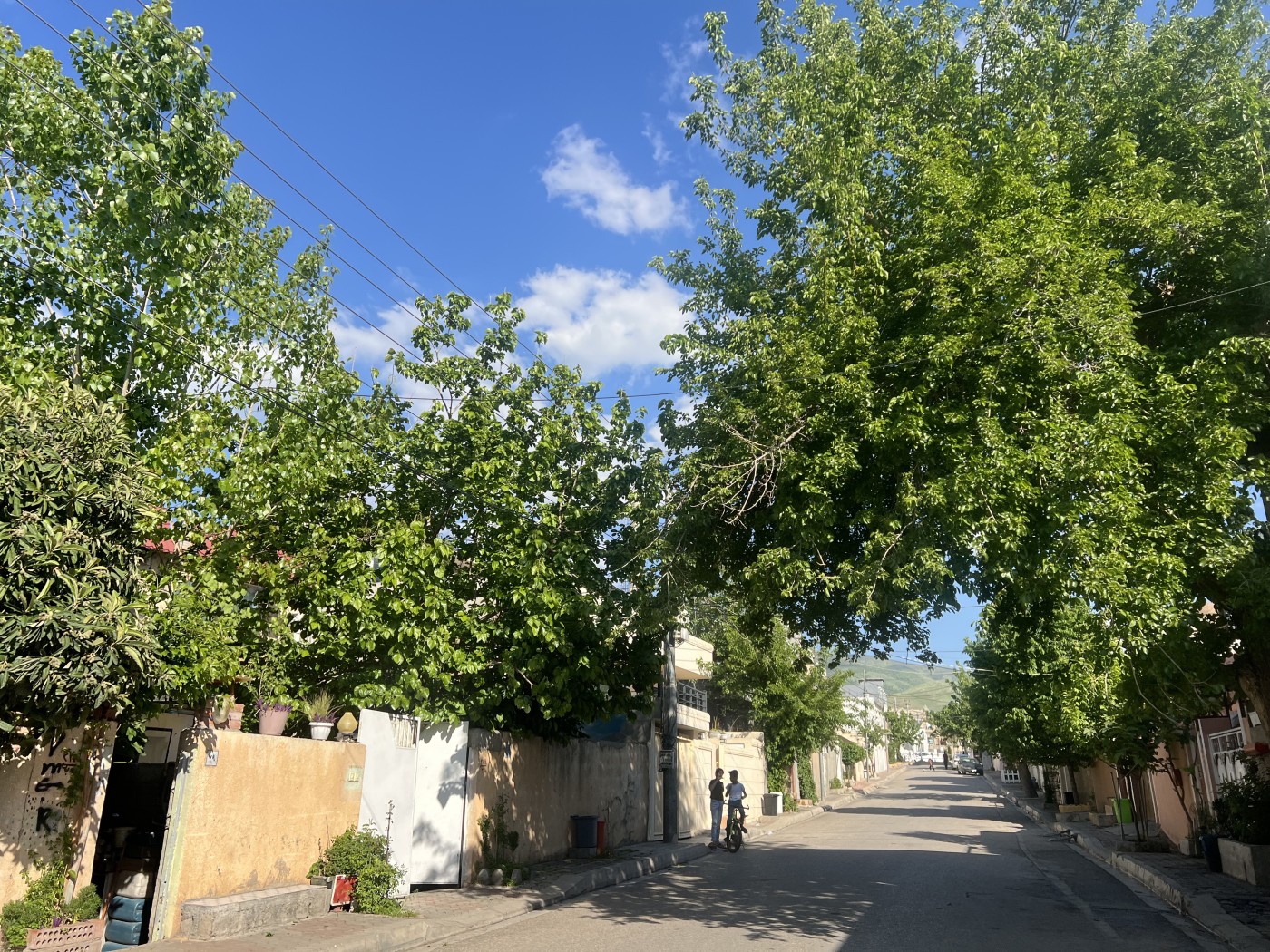
Photo: Ayub Nuri
The city is like an extension of its natural surroundings. Thanks to its small size it would only take minutes to find yourself on a mountain slope or lush farmland, and the mountains are home to some breathtaking artificial forests. A short drive to the slopes and hills of Gullan, Bawakochak, Ababayle and Qilij that overlook the city, and you can easily get lost and forget where you are, for all the pine trees that have stood there for decades. In some places artificial and natural forests are blending into each other.
With these facts about this new province however, come the unfortunate consequences of climate change. Almost every year locals lose a considerable number of fruit trees. Three years ago, an untimely winter cold wiped off many orange groves. The year before that, it killed walnut trees and this year it was the eucalyptus.
The concern of isolation is also gradually fading away as social media is putting in the spotlight Halabja’s iconic natural tourist sites such as the waterfalls of Ahmed Awa, the stunning beauty of Nawrloi, boat rides on the Sirwan River, the dense fruit orchards of Hawraman that block the sky, and Halabja’s own annual pomegranate festival that bring in visitors from across the Kurdistan Region, Iraq’s southern provinces, and even abroad.
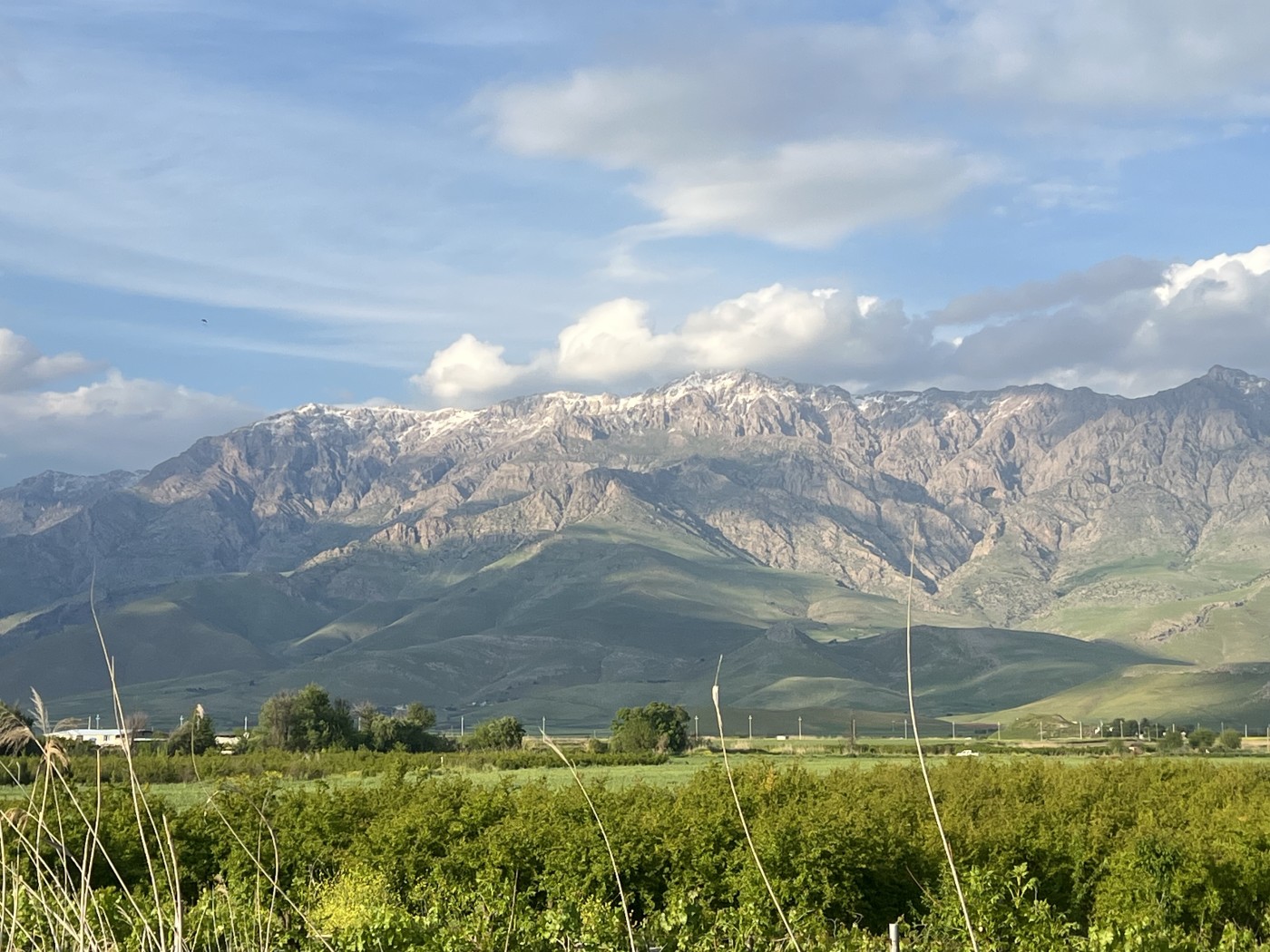
Photo: Ayub Nuri

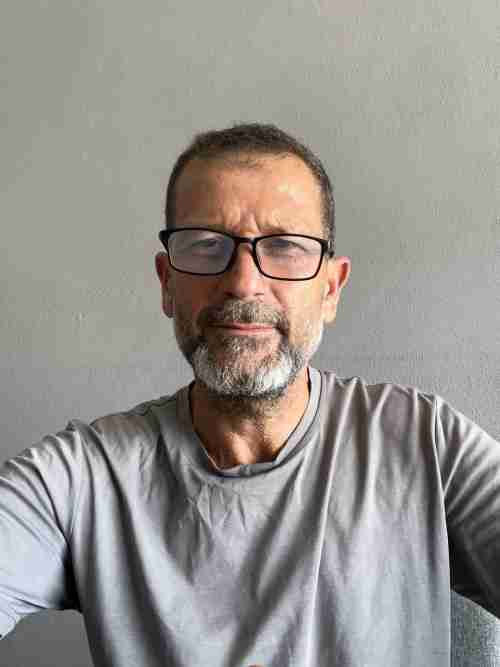
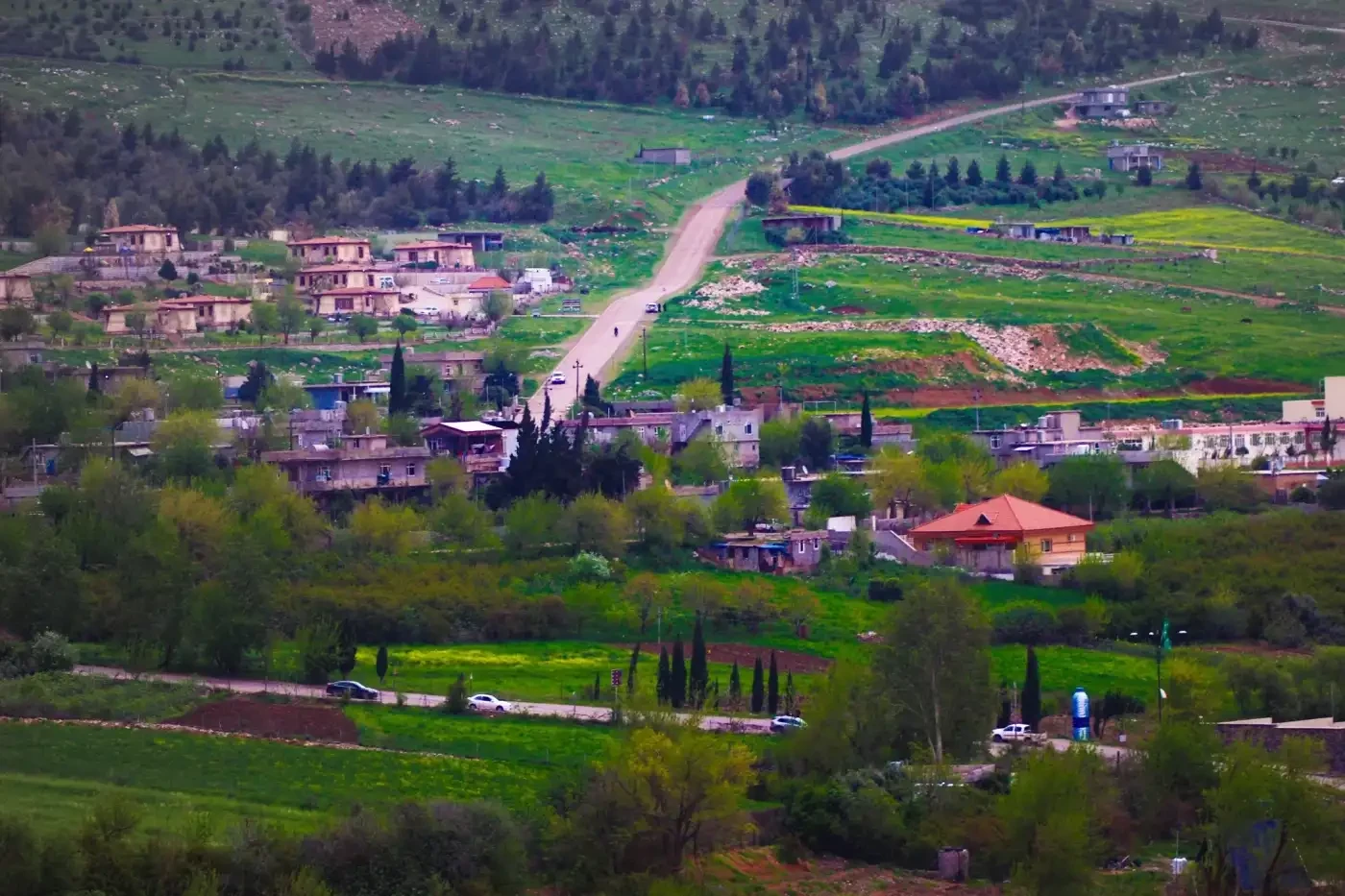
 Facebook
Facebook
 LinkedIn
LinkedIn
 Telegram
Telegram
 X
X
